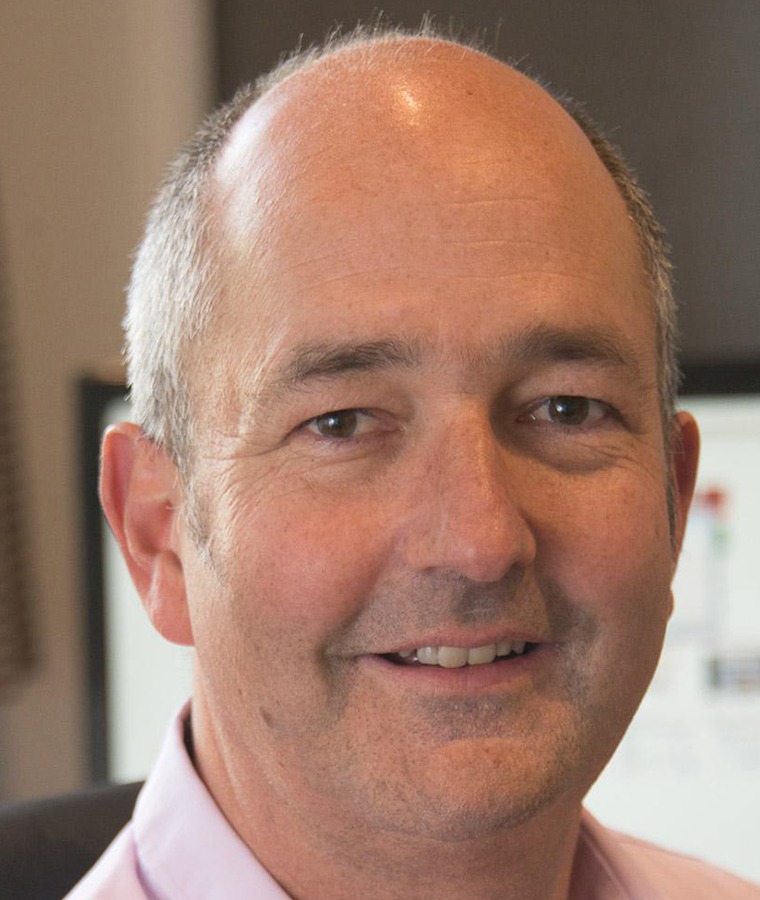Some form of balance disorder, vertigo and/or dizziness is experienced by 40% of all adults in their lifetime, making it an important health concern. To assist in a diagnosis, a balance assessment is often necessary alongside a history of your symptoms.
With a consultant referral, Dr Rob Low (DPhil), a leading Audiological Scientist specialising in balance disorders, can carry out comprehensive balance assessment using state-of-the-art equipment at the Sussex Audiology Centre and find practical solutions to restore confidence and facilitate an active lifestyle.
The most common complaint is BPPV (benign paroxysmal positional vertigo); this can be easily diagnosed and successfully treated in over 90% of cases. Long-term medication is an expensive treatment solution, whereas surgical treatment or vestibular rehabilitation provide permanent resolution. It is important that you first see an ENT Consultant Surgeon or Neurosurgeon for a referral, to ensure that the balance testing procedures are medically safe to carry out and to collaboratively reach a diagnosis.
The balance testing and treatment procedures carried out at Sussex Audiology Centre may include the following:
This is the standard tool for investigating central balance system function. We use a Synapsys VNG system, which records eye movements using an infrared camera so that complex anomalous eye movements can be analysed. This system uses lightweight googles, which are simple to set up and comfortable to wear, giving patients greater freedom of movement and making testing much simpler than older electrode-based systems.
The caloric test is one of only a few objective tests of balance organ function, which is fundamental to balance assessment. We use a BAA-compliant air caloric system with intrinsic otoscopy to administer precisely set temperatures of air stimulus, and the nystagmic responses that are induced are analysed using the Synapsys system. Air calories are typically preferred by patients over water caloric systems.
This is a diagnostic manoeuvre used to identify BPPV. The test camera records eye movements induced by the procedure for analysis to determine whether vertigo is triggered by BPPV in one of the six semi-circular canals or by a central brain disorder.
This a new procedure that tests either saccular function (cervical VEMPs) or utricular function (oVEMPs) using a loud sequence of sound bursts as the stimulus, delivered through headphones. The response is recorded using surface electrodes and can be used to diagnose a range of complaints, from Ménière’s disease to superior semi-circular canal dehiscence. Our Audiological Scientist, Dr Rob Low, is a leading expert in this assessment and has published research on the diagnostic use of VEMPs.
Used to treat BPPV of the posterior or horizontal canals, free-floating particles from the affected canal are relocated (using gravity) away from the sensitive copular region to immediately relieve symptoms.
If you have been diagnosed with a vestibular disorder (eg vestibular hypofunction) or have known stable Ménière’s disease, you can be treated with balance rehabilitation following referral by a GP or ENT Consultant. To begin with, we will need an initial one-hour assessment appointment to take your medical history and undertake a series of tests to assess your everyday balance. This will enable us to identify exercises that may be of assistance. Follow-up rehabilitation appointments are 45 minutes. Commonly, 5–6 appointments are required to entirely overcome balance issues; after each appointment, a written report will be sent to the referring GP or consultant. We currently only offer balance rehabilitation at our Goring-by-Sea clinic.

“We also offer home visits for patients that are unable to come to us. A range of home visit services are available, call us to find out more or click HERE’
Give us a call on 03303 203 413
Fields marked with an * are required
© 2025 Sussex Audiology | Privacy Policy | Late Fees